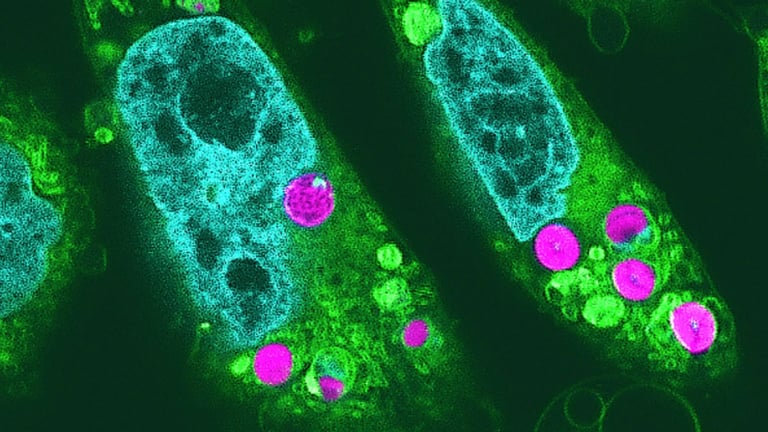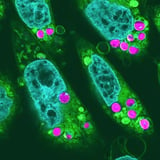Japanese Scientists Achieve Photosynthesis in Animal Cells with Red Algae Chloroplasts
October 30, 2024
Led by Professor Sachihiro Matsunaga from the University of Tokyo, this study marks the first detection of photosynthetic electron transport in animal cells with implanted chloroplasts.
The incorporation of chloroplasts could also enhance artificial tissue engineering by supplying oxygen and energy, potentially addressing hypoxia in lab-grown tissues.
The study received funding from various Japanese science grants, highlighting the importance of this research in advancing scientific knowledge.
Researchers in Japan have achieved a groundbreaking feat by successfully inserting chloroplasts from red algae into hamster cells, enabling these animal cells to photosynthesize light.
Traditionally, animal cells rely on mitochondria for energy conversion, while plants and algae utilize chloroplasts for harnessing sunlight through photosynthesis.
The study demonstrated that the implanted chloroplasts maintained photosynthetic activity for at least two days, confirming their viability and functionality.
Using advanced techniques like laser light and pulse amplitude modulation fluorometry, the researchers established that the chloroplasts were actively conducting photosynthesis.
Notably, hamster cells infused with chloroplasts exhibited increased growth rates, suggesting that these cells were benefiting from the energy produced through photosynthesis.
Matsunaga envisions that these innovations could contribute significantly to a carbon-neutral society by reducing carbon dioxide emissions through advanced biotechnologies.
The researchers aim to develop 'planimal' cells, which would combine beneficial features of both plants and animals for future biotechnology applications.
The findings were published in the 'Proceedings of the Japan Academy,' contributing to the field of hybrid cellular technology and cellular engineering.
This breakthrough challenges the previous belief that chloroplasts could not function in animal cells, as they survived and remained active after insertion.
Summary based on 5 sources
Get a daily email with more Science stories
Sources

ScienceDaily • Oct 30, 2024
Solar-powered animal cells
Interesting Engineering • Oct 31, 2024
New solar-powered hybrid cells could make better lab-grown organs
EurekAlert! • Oct 30, 2024
Solar-powered animal cells
New Atlas • Oct 31, 2024
Plant-animal hybrid cells make solar-powered tissues, organs or meat